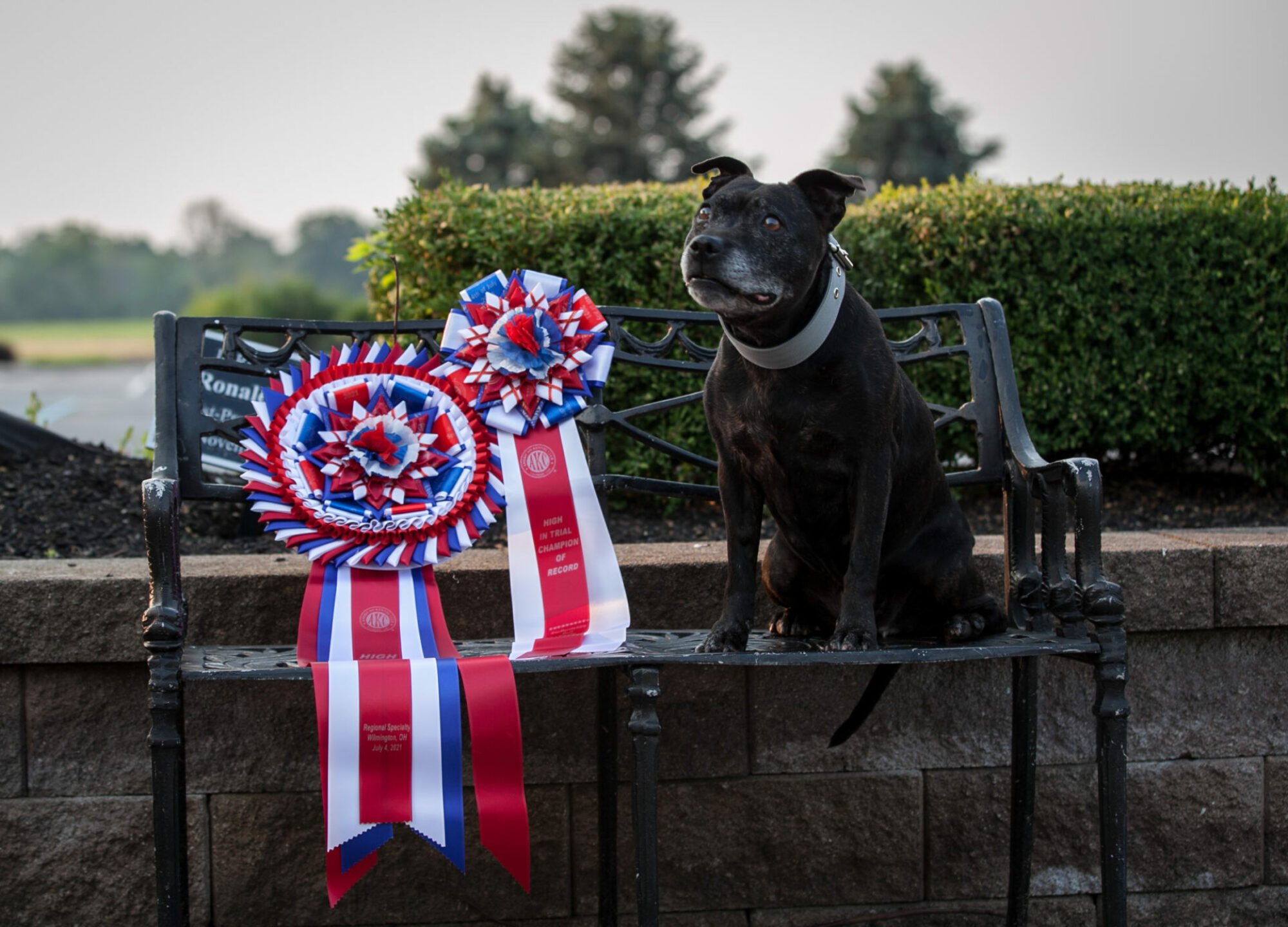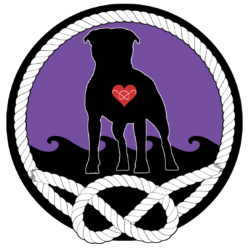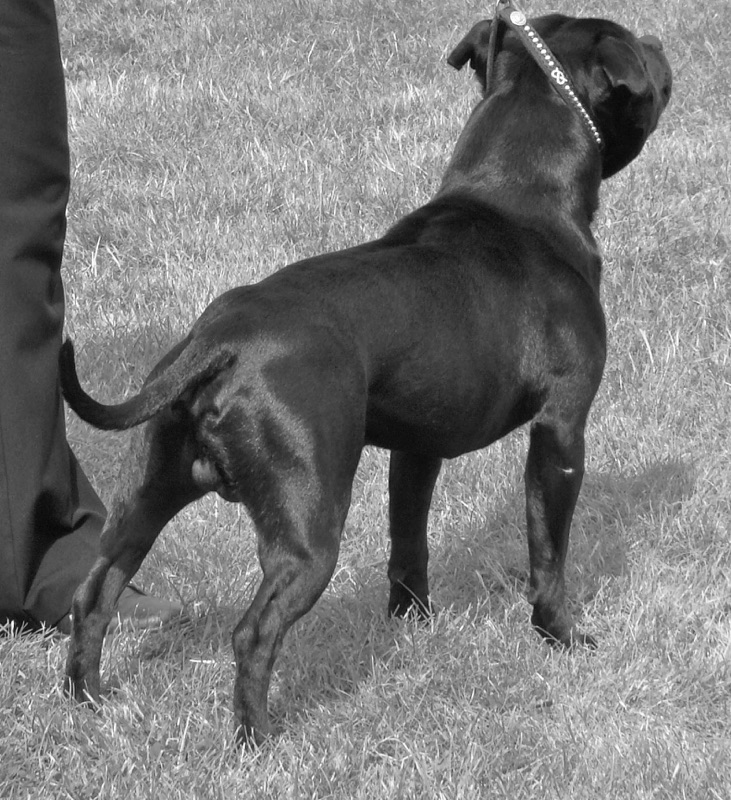Not much can be said about the hindquarters bit of the standard as it is fairly clear and concise. When you are looking at a dog’s rear assembly, their are multiple points to look at. BUT, they cannot be viewed as separate points. They have to be viewed as one assembly and how it fits together.
Well muscled means hard and distinct but shouldn’t mean bunched and bulging, although the upper thigh should have strength to it. The appearance of power should balance the forequarters so that the dog doesn’t look like a ‘tadpole’ or look too overdone in the rear. The muscling should be long and lean and well defined.
The hocks should be ‘well let down’. They should be straight and not overly long or too short. From the side view look at the imaginary line drawn from the point of the hock down towards the inner most curve on the stifle. That line should be at a downward angle. Keep in mind that the musculature of the stifle extends itself beyond the point of the hock. This slight difference will enable the dog to achieve greater drive off his rear.
The ‘bend of stifle’ includes the entire front portion of the rear leg. When you look at the stifle in profile, you have to look at the entire front of the leg. This should be a nice, deep curve that does not stop until it is beyond the point of the hock. Let your eye travel from the beginning of the front of the leg all the way to the top of the toe. You want to see a nice long curve.
When you view a dog from the rear, you should see well-developed musculature on both the inside and outside of the leg. The hocks should be perpendicular with no turning in or out. The foot should be well padded. Take a close look at the toe pads from this angle. What you do not want to see is a lack of muscles on either the inside or the outside of the leg from the rear.
Again, you want to see a nice tight, well padded foot in the rear same as in the front feet . Nails trimmed.
“The hindquarters should be well muscled, hocks let down with stifles well bent. Legs should be parallel when viewed from behind. Dewclaws, if any, on the hind legs are generally removed. Feet as in front.”







